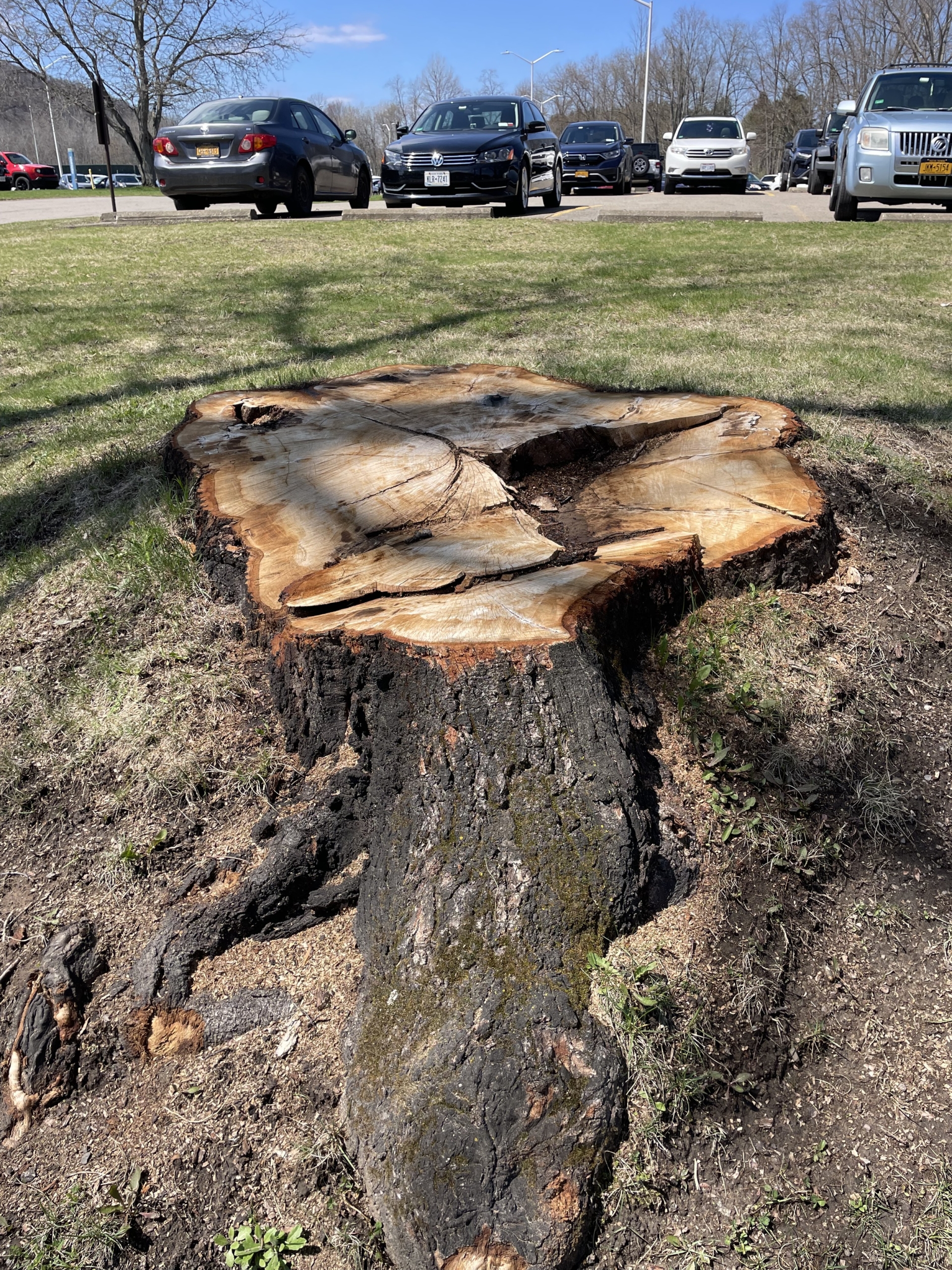By Lian Bunny
Photo Editor
Nine faculty members will retire in the 2015-2016 academic year, and university officials plan to replace two of them, according to Joe Zimmer, provost and vice president for academic affairs.
Patrick Dooley of the philosophy department, Joel Horowitz of the history department, Catherine and Francis (Chris) Leary of the math department, Michael Russell of the marketing department, Richard Simpson of the English department, Donald Swanz of the accounting department, Patrick Vecchio of the journalism and mass communication department and Sr. Margaret Carney, university president, plan to retire this academic year.
Zimmer added the university currently has a student to faculty ratio of 11 to 1. In order to make the university more sustainable and healthy, he said the ratio must get to 15 to 1 or 16 to 1 within the next few years.
“These are very difficult times to be in private higher education with every institution suffering from enrollment challenges similar to what we have,” Zimmer said. “At times I have to say no to people, at times I have to say we can’t afford to fill that position because we don’t have the students to support a filling of that position.”
The university used to have 2,200 undergraduate students and now has a little less than 1,700, Zimmer added.
According to Zimmer, one of the ways the school plans to reduce the number of faculty is through its phased retirement program. Three of the faculty retiring in the 2015-2016 academic year did so through this system.
This program allows faculty to retire gradually for up to three years, Zimmer said. Some may choose to drop teaching slowly or others may choose to drop down to a certain level for two or three years before stopping entirely.
“Phased retirement allows us to provide the faculty with a real need at the end of their careers, to stop gradually rather than just stop,” Zimmer said. “They’re very cognitively engaged in what they do, and it’s not a happy experience to stop it all of a sudden.”
Seven people started the phased retirement program during the last academic year, and five faculty took advantage of the program starting this academic year, according to Zimmer.
This gives university officials some flexibility, added Zimmer. They can do some planning and work with the departments to analyze the data and curriculum to determine which retirees require a replacement.
“Is the demand for services in those departments?” Zimmer said. “We do an analysis of student credit hours generated in that department and taught in that department, and we do a curriculum review with the deans and chairs of the departments to determine A. Do we need the person to teach courses? (and) B. Do we need someone in a specialty area curriculum-wise or we can’t have a department without them?”
Zimmer said Ann Lehman, director of institutional research, and he meet with the chairs and/or deans of the departments to discuss the data. The department chairs must then put forward a hiring authorization request, which gets forwarded along with the job description to the human resources office. That office advertises almost all faculty positions, according to Zimmer.
Applications that come in to the deans’ secretaries and search committees are formed according to the faculty hiring policy on campus.
http://web.sbu.edu/friedsam/governing/academic_policies/faculty_hiring.htm
The committee reviews all applications and conducts phone interviews with about 10 finalists. Usually approximately three finalists come to campus for personal interviews, Zimmer said. The chair of the department makes a recommendation for hire to the dean, the dean confers with Zimmer and a verbal offer is made. If accepted, the dean submits a form to human resources to request a contract be made.
Zimmer added that students are usually involved in the hiring process through sitting in on candidates’ lectures or attending meetings with the potential new faculty members. He said the search committees decide whether to involve students in the process, which usually involves the chair of the particular department.
Pauline Hoffmann, dean of the Russell J. Jandoli School of Journalism and Mass Communication, said the journalism school includes students in the process.
“When we bring candidates to campus, we ask that they teach a class on a specific topic – and the topic is the same for all candidates,” she said. “Students are then given a form to critique the candidates.”
When asked about the university’s retention rate, Zimmer said officials do not currently track that, but thinks the rate is not problematic. Bonaventure tends to retain professors for a lot longer than most places, according to Zimmer. Higher education generally includes lots of transition among faculty members.
Hoffmann disagreed and said the school’s retention rate could be better.
“I think in some instances we eat our young, so to speak,” Hoffmann said. “We hire new faculty members and demand a 4/4 teaching load, research and service. That might be unrealistic. We also don’t necessarily pay a competitive salary – although we try. In some areas faculty may have other options (other universities).”
bunnyla13@bonaventure.edu



